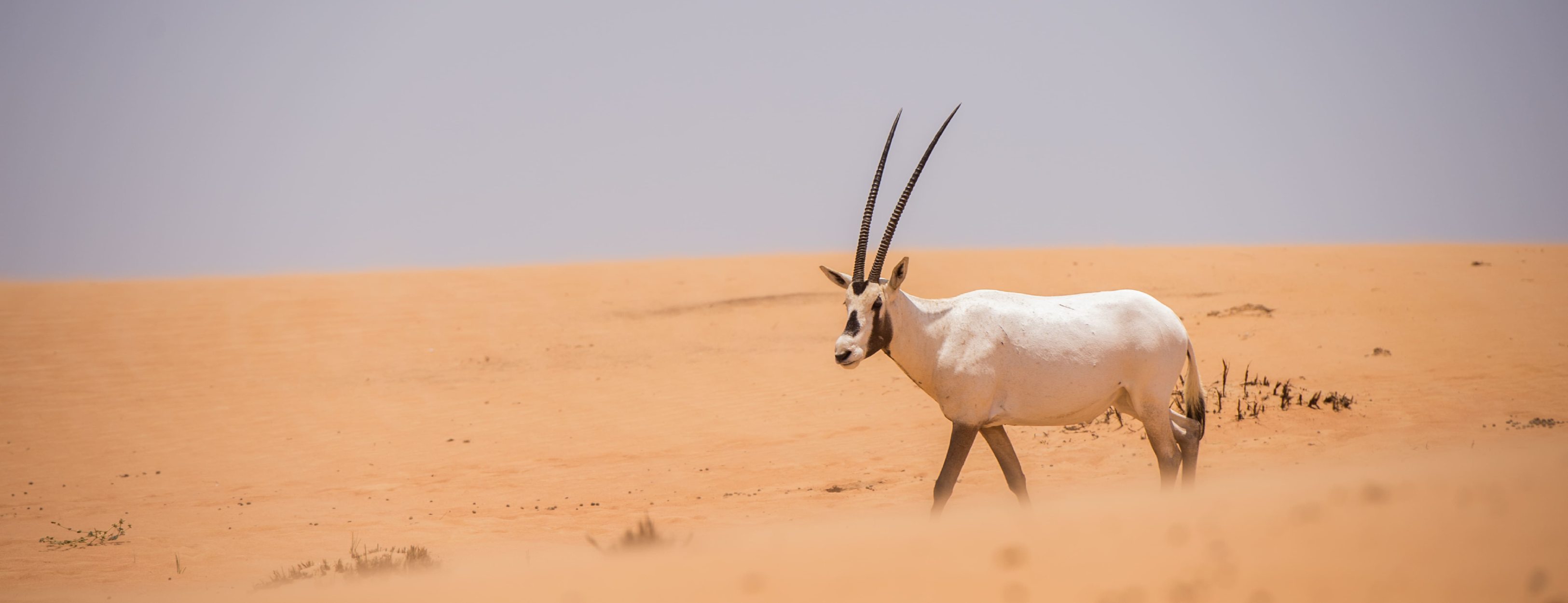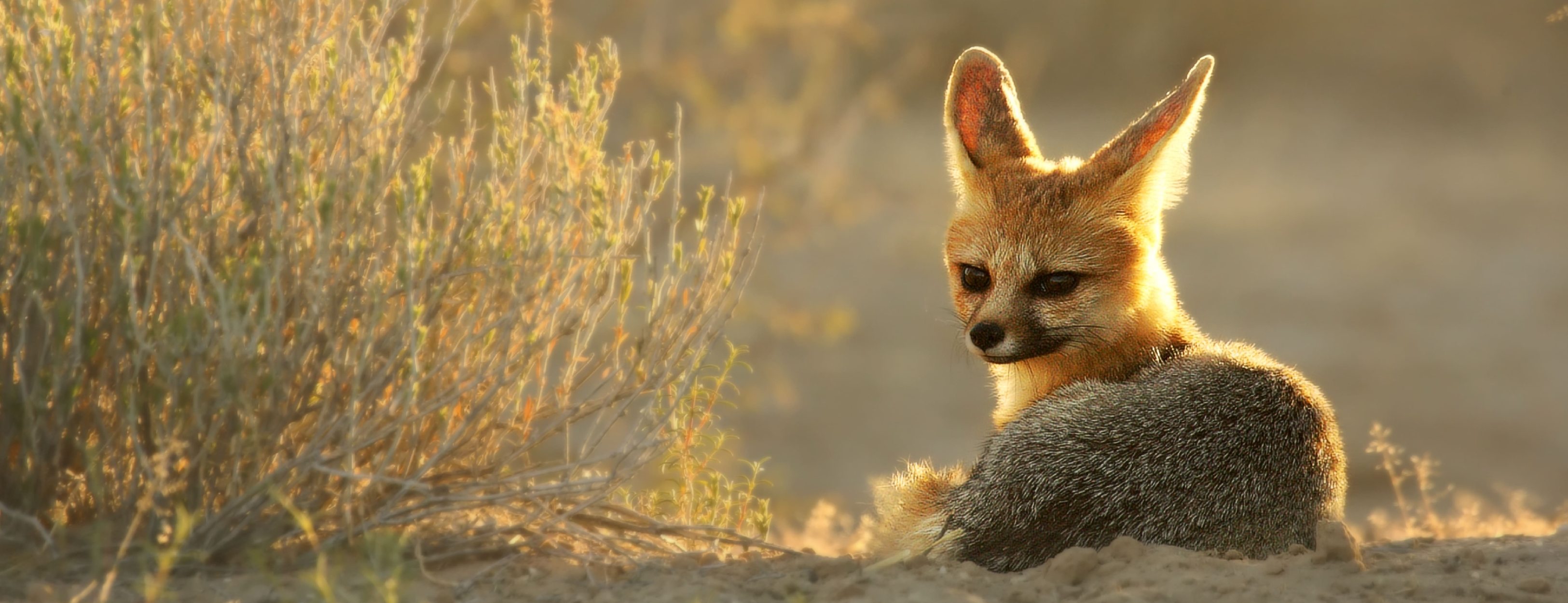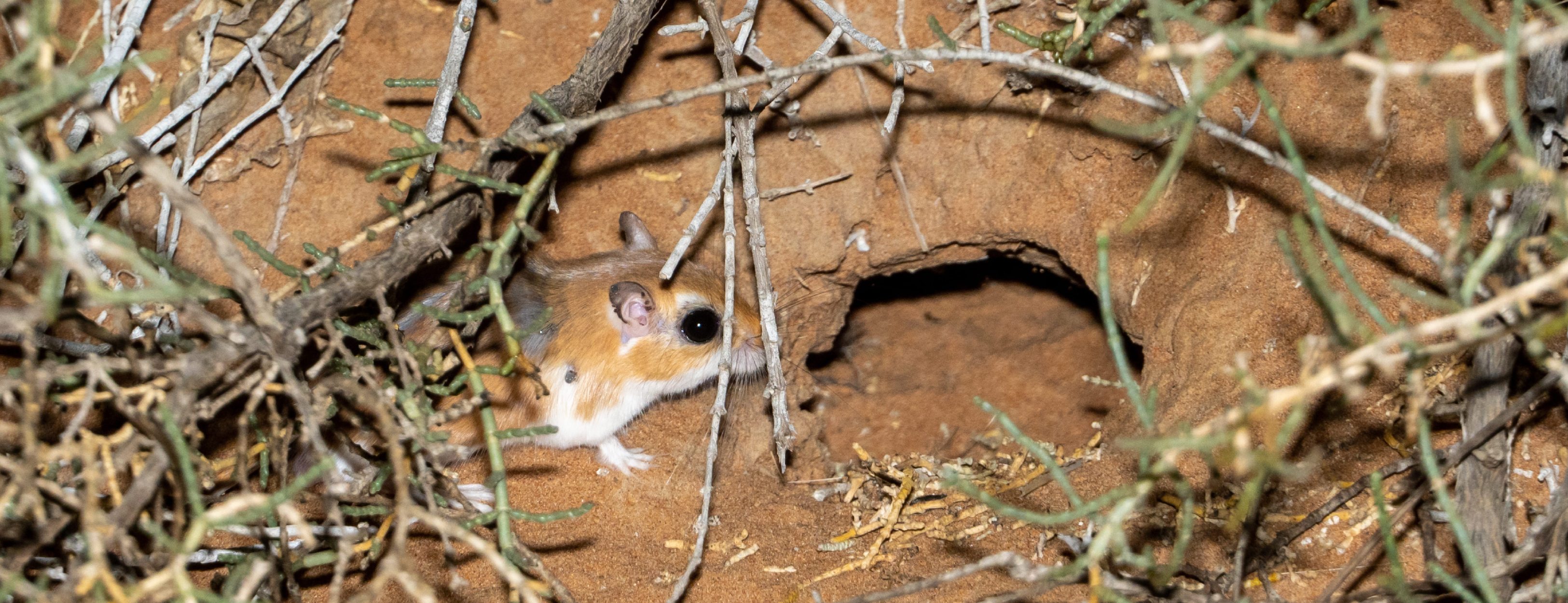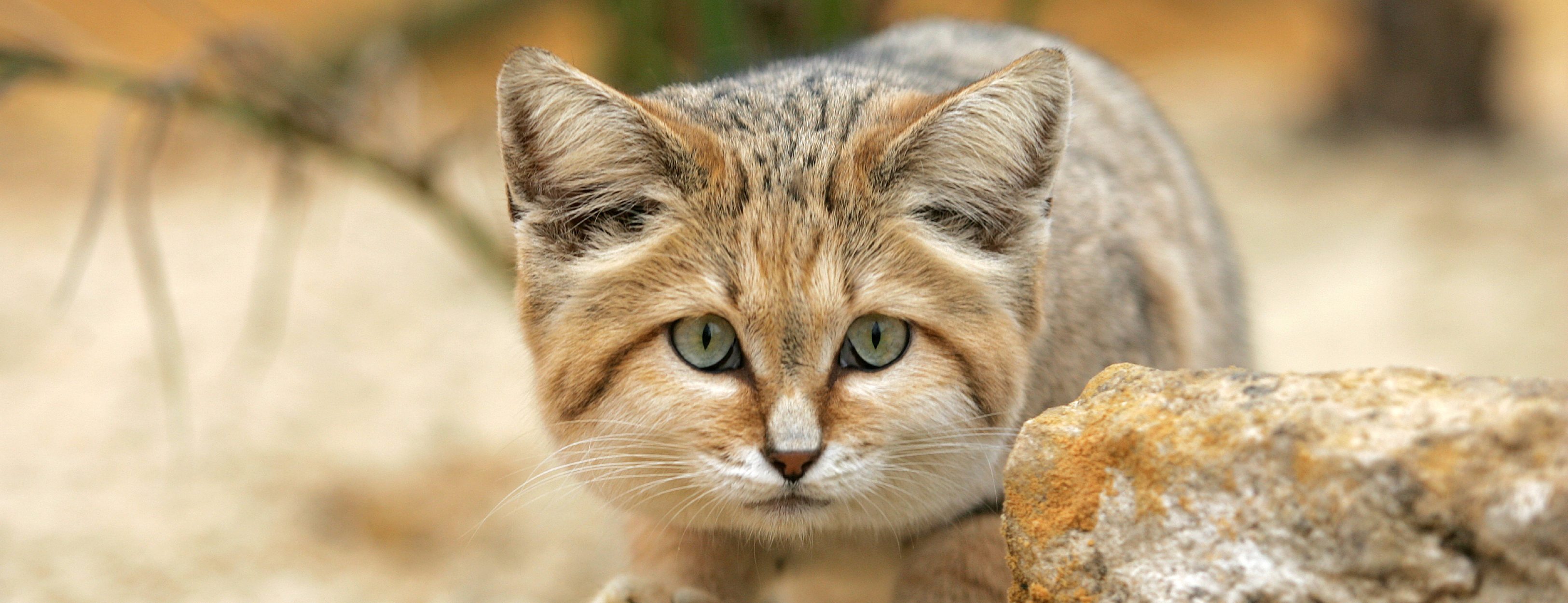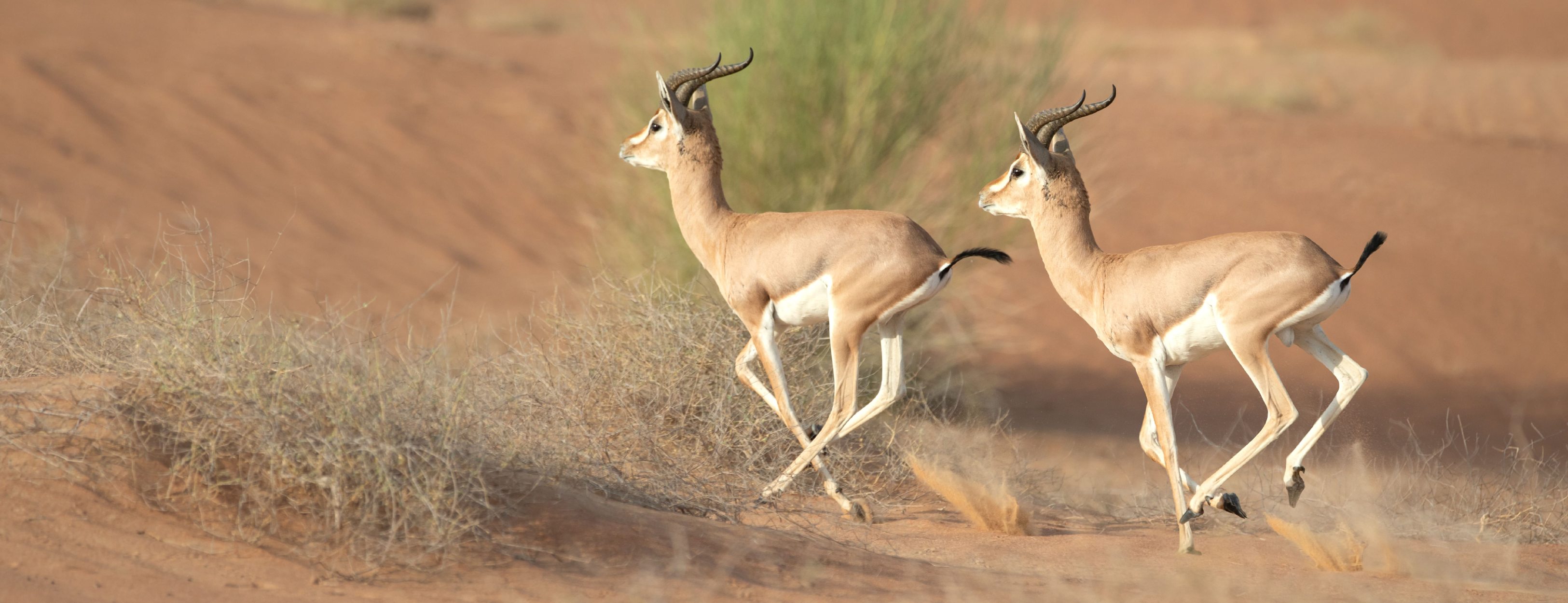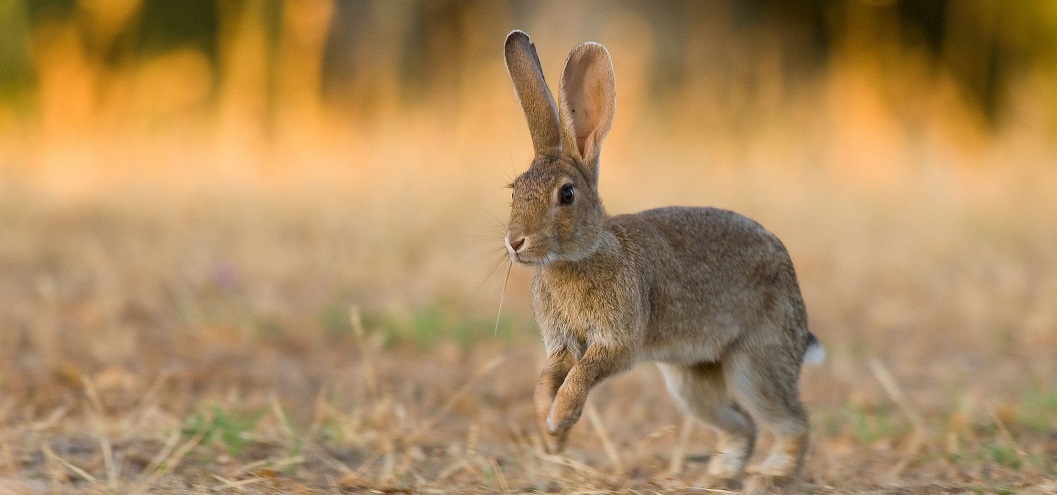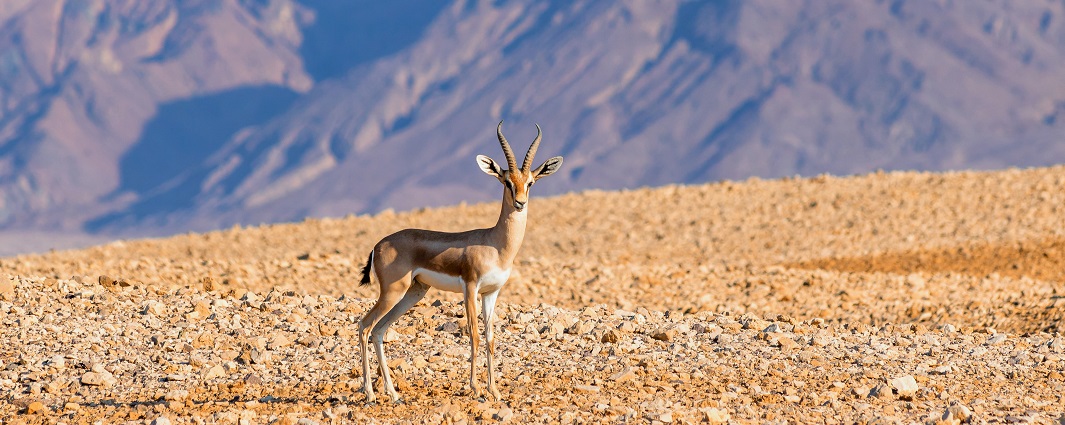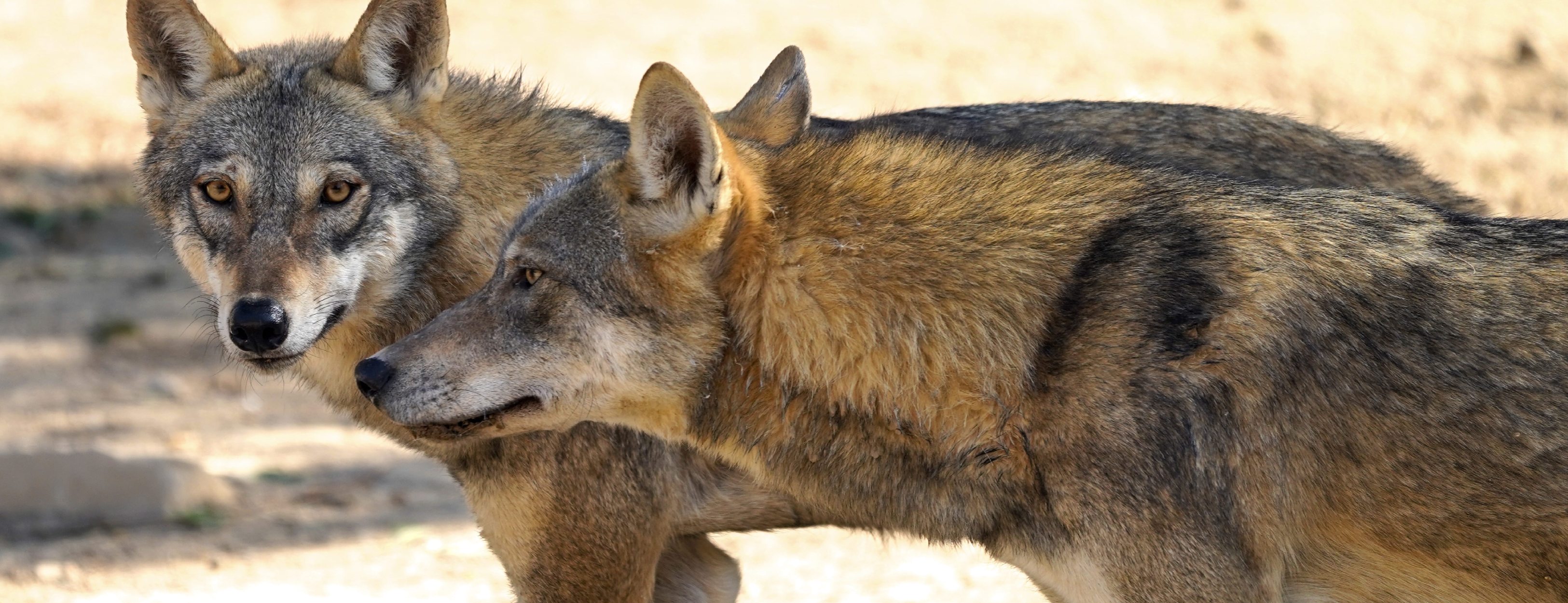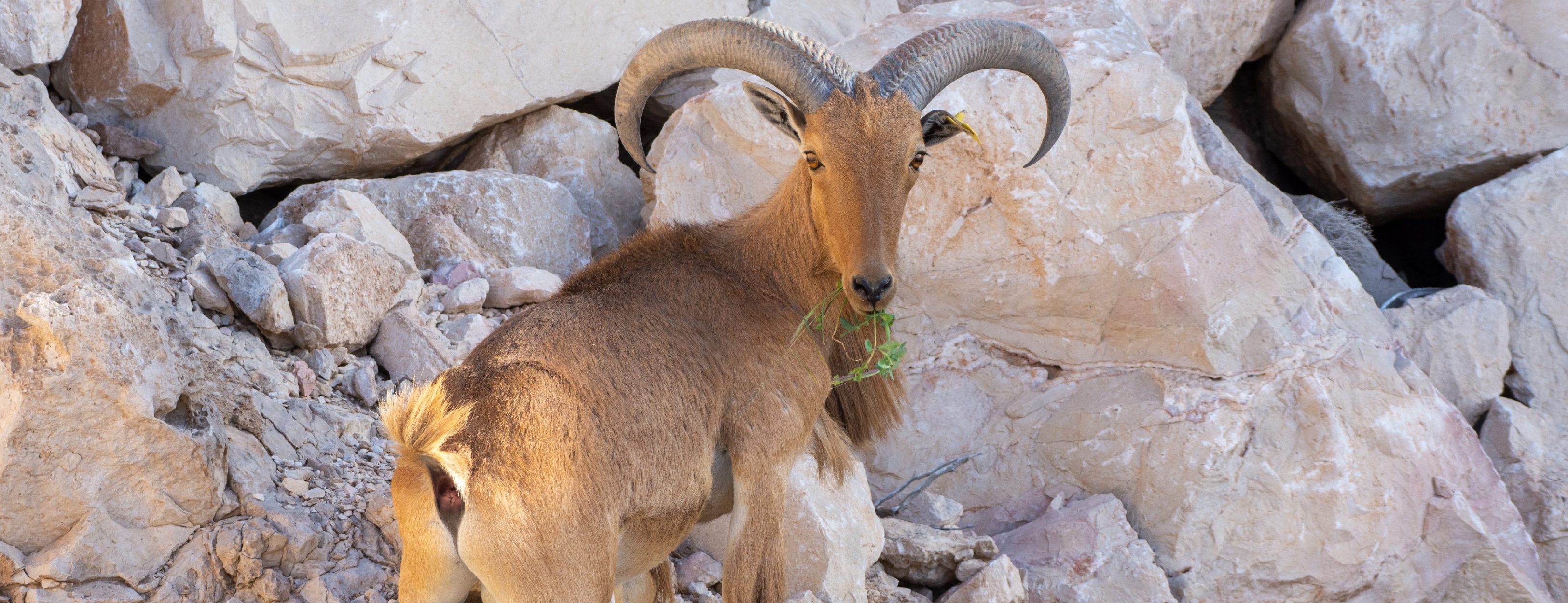
What's at Stake? Species Edition
PART VI: MAMMALS
STRUGGLING TO SURVIVE
UAE has 43 species of land mammals, most of which are native to the region. Climate change will affect the habitat and food availability of all these animals.
Even though desert animals have adapted to living in dry and hot conditions, a rise in temperature could affect both local and migratory species of animals.
A number of species found in the country in the past have gone extinct. These include the Arabian wolf, the striped hyena, and the Arabian leopard. However, three species of animals that are globally threatened, the Arabian Tahr, the mountain gazelle, and the goitered gazelle, are being conserved in the UAE.
Desert animals at risk:
These include the sand cat, the sand fox, the cape hare, gerbils, and hedgehogs.
Threatened by climate change
If global warming continues, animals in cold climates will be forced out of their habitat and move uphill or toward the poles in search of food.
There is a long list of animal species that could become extinct in the near future.
The polar bear is facing a food shortage in the Arctic, and with its home under threat, this animal could be gone forever from the planet.
Rising sea levels threaten Brazilian turtles. This can affect their breeding, nesting, and, in turn, their babies.
The giant panda in China survives on the bamboo plant. As bamboo habitats reduce due to climate change, pandas may face starvation.
The warmer the climate, the more likely are droughts and bushfires. If that happens in the rainforests of Indonesia, the orangutan will face extinction in the next few decades.
Indian tigers, Australian frogs, and African elephants are a few animals whose homes are being destroyed by climate change.
